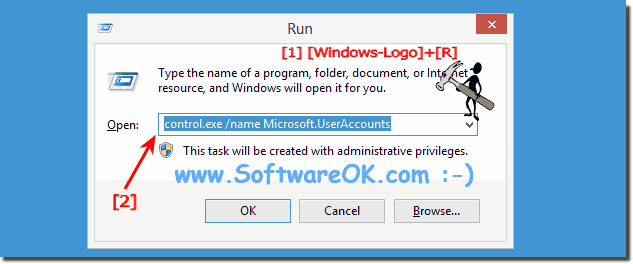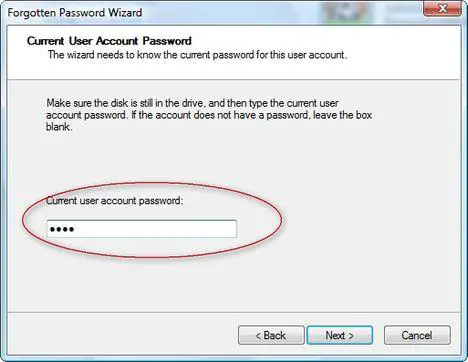

The diagram below illustrates how the vault-k8s webhook is used to intercept and change pod configuration when a Kubernetes API request is made.ĭiagram inspired by the Guide to Kubernetes Admission Controllers. The Helm Chart, with the injection feature enabled, launches Vault, along with the vault-k8s injector service and registers itself with Kubernetes as a Mutating Admission Webhook (tied to a specific namespace). For this blog, the focus is on using the Vault Helm Chart, as that is likely a good starting point for learning about this feature. The Docker image can be used to manually run vault-k8s within your scheduled environment if you choose not to use the Helm Chart. The recommended installation method is through the latest Vault Helm Chart which now supports the vault-k8s injection functionality (see documentation). The video should help round out your understanding of how this works in practice. We will walk through the vault-k8s initial setup using the Vault Helm Chart and cover three example use-cases (adding annotations, output formatting, and background jobs). To see a video demo of Vault secrets being injected into Kubernetes pods using init and sidecar containers please watch the video below. You can learn more about our thinking here by reading our What's Next for Vault and Kubernetes blog post. Our continuing goal is to expand Kubernetes support and give you a variety of options around how you can leverage Vault to securely introduce secrets into your workflow. For example, fetching secret data from Vault to creating a database connection string, or adapting your output to match pre-existing configuration file formats, etc.

This is powered by a new tool called vault-k8s, which leverages the Kubernetes Mutating Admission Webhook to intercept and augment specifically annotated pod configuration for secrets injection using Init and Sidecar containers.Īpplications need only concern themselves with finding a secret at a filesystem path, rather than managing tokens, connecting to an external API, or other mechanisms for direct interaction with Vault. We are excited to announce a new Kubernetes integration that enables applications with no native HashiCorp Vault logic built-in to leverage static and dynamic secrets sourced from Vault.
#Secret password wizard cost code
Visit this page for the most up-to-date steps and code samples. Tip: HashiCorp Learn also has a consistently updated tutorial on Injecting Secrets into Kubernetes Pods via Vault Helm Sidecar.


 0 kommentar(er)
0 kommentar(er)
